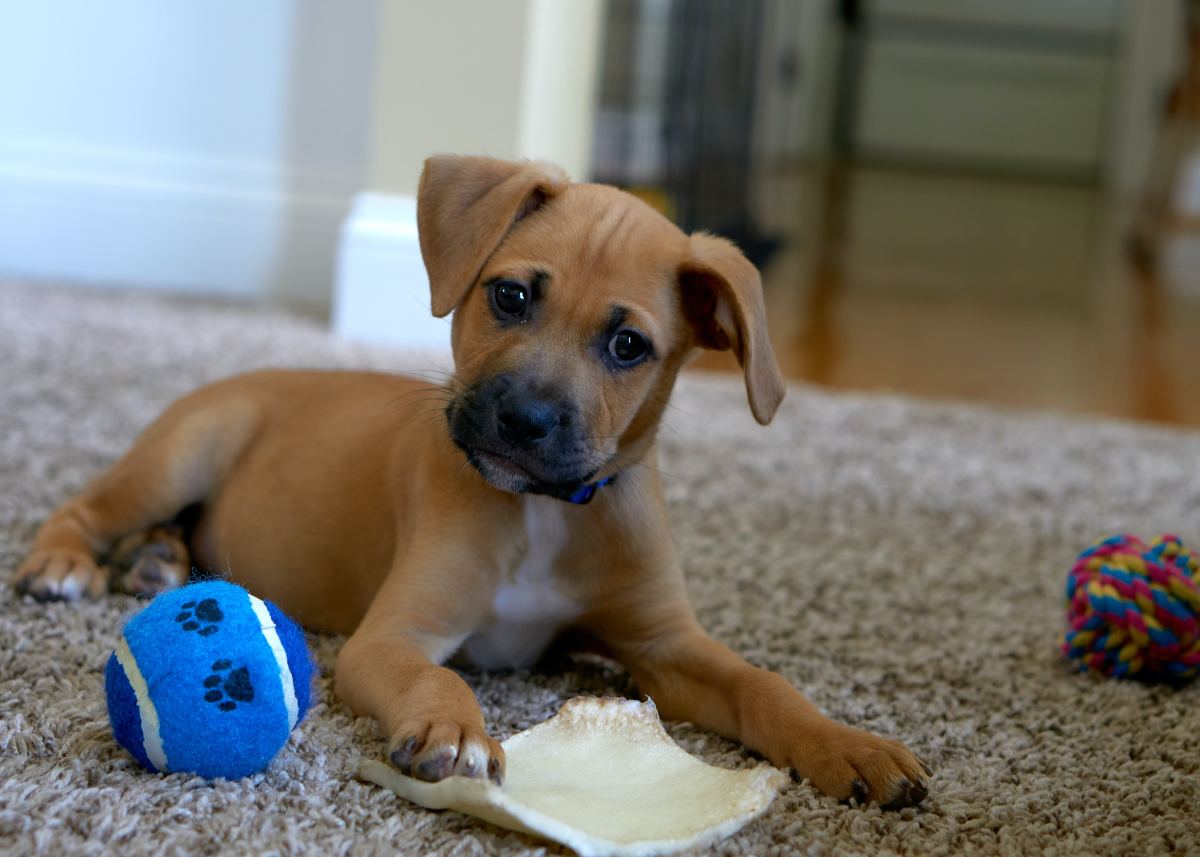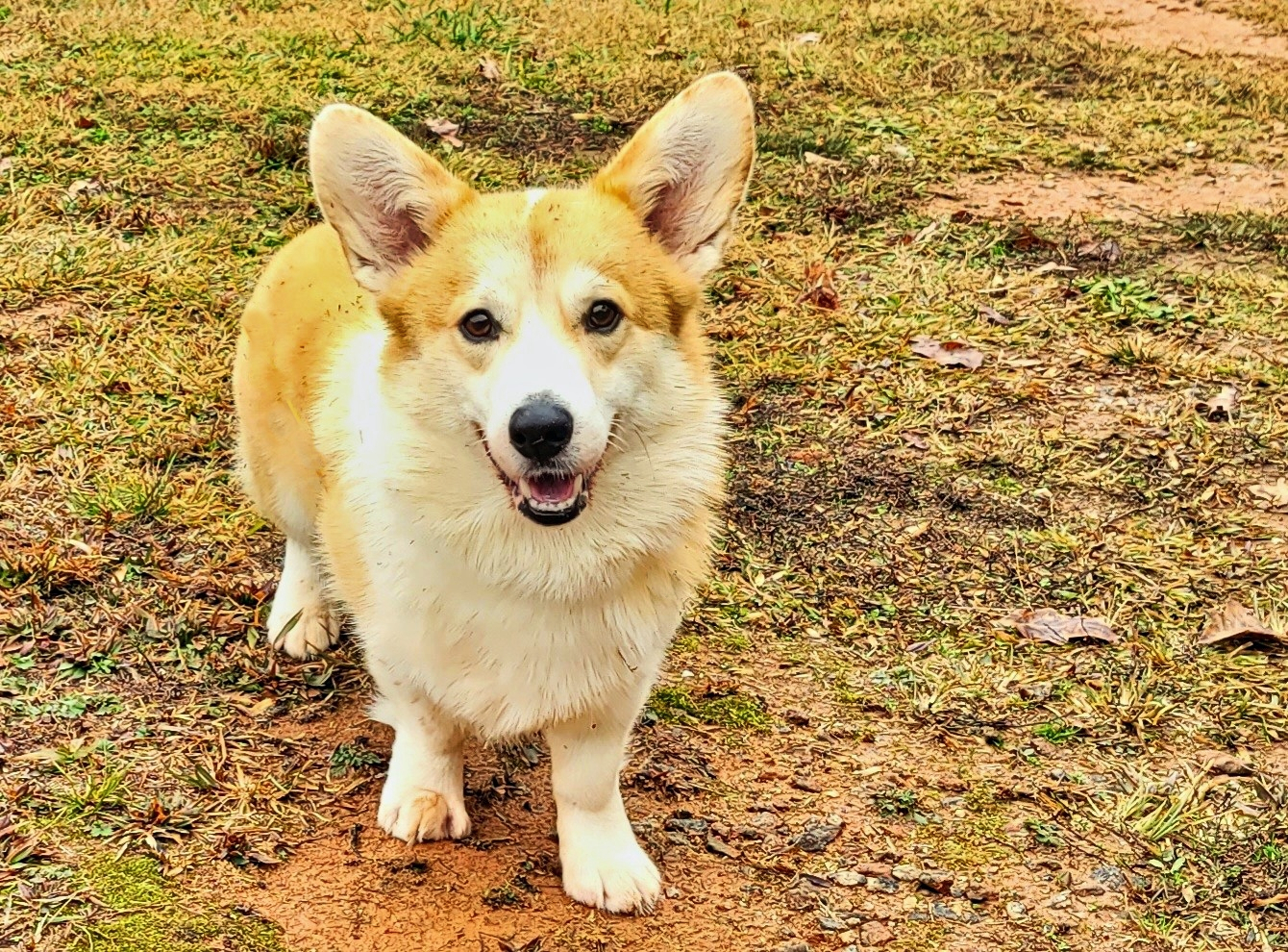Need to Socialize Your Excitable Dog?
Dealing with a reactive dog can be a real challenge. You might wonder how it’s possible to steer your way through the process of helping your pet overcome its fears and frustrations. Learning how to socialize a reactive dog doesn’t happen overnight, but here’s the good news: you can make substantial progress at home with patience and the right strategies, which we will discuss below.
What Is Meant by a ‘Reactive’ Dog?
As the Cornell University College of Veterinary Medicine puts it, reactive dogs “become overly aroused by common stimuli.” It doesn’t necessarily mean the dog is aggressive, but if another dog gets too close, the reaction can be a lot to handle. Perhaps they bark, pull on the leash, and make a scene. So, a reactive dog isn’t necessarily a mean one—they’re just feeling overwhelmed by certain triggers. This might be the presence of other dogs, approaching people, or fast cars.
Reactive vs. Excited
It’s also interesting to realize that reactivity isn’t the same as excitement. The difference? Excited dogs want to engage; reactive ones typically want space. For example:
- An excited dog: When my neighbor’s Lab sees another dog, he bounces with joy, wagging his whole body like a spring.
- A reactive dog, on the other hand, might grow tense and bark as if saying, “Back off!”
This distinction should change one’s approach to socializing a reactive dog. As a starting point, you want to stop thinking of your dog’s unwanted response as bad behavior and start seeing it as his way of saying, “I’m uncomfortable.”
What Dog Breeds Tend to Be Reactive?
Some breeds are more likely to overreact to such stimuli. Knowing this can help us understand our pets better. Herding breeds (Border Collies, for example) tend to react quickly to movement—they’re wired to notice and respond to every little thing. I’ve seen this with my friend’s Australian Shepherd, who would go nuts whenever a jogger passed by.
Guarding breeds, like German Shepherds or Rottweilers, might react for a different reason: the need to protect. Then there are smaller breeds, like Dachshunds—they may feel defensive because of their smaller size.
Of course, any dog can be in a reactive state—it’s not just about breed.
Can a Reactive Dog Be Cured or Fixed?
If you’re wondering whether your reactive dog can be “cured,” let me say this: while you may not erase their reactivity tendencies, you can help them improve dramatically. Most dogs need extra support in certain situations, but consistent training can make them calmer and more confident. So, keep scrolling for my tips on how to socialize your reactive dog.

How to Socialize Your Reactive Dog
Helping a reactive dog become sociable involves keeping a comfortable distance from what triggers them, praising their calm moments, practicing in quiet settings, teaching basic commands, and slowly introducing new dogs. In a nutshell, that’s how to socialize a reactive dog with other dogs and humans. Getting professional assistance can be incredibly useful for specific training needs.
Start with Distance
One of the biggest mistakes dog owners make early on is getting too close to the triggers. You might think, “Let’s just walk by this dog quickly; it’ll be fine.” Spoiler: It won’t be fine. Your dog might lunge and bark, and you’ll possibly feel embarrassed and defeated.
The game-changer is learning to keep your distance. Figure out your dog’s “safe zone”—the distance where he can see another dog without losing his cool. Stay there and work on calm behavior, gradually decreasing the distance as he gets more comfortable.
Reward Calm Behavior
Whenever your pup stays calm, you want to celebrate like you’ve won the lottery. Treats, verbal praise, pets on the head—you name it. Positive reinforcement teaches that staying relaxed around other dogs is worth it. The key is rewarding the calm behavior before the animal reacts.
For example, if you’re walking and see another dog across the street, calmly say, “Good boy!” and hand him a treat when he notices the dog (but before he reacts).
Use Neutral Settings
Finding the proper setting to practice makes a huge difference. Crowded parks can be overwhelming, so you want to start in quiet areas where you can spot other dogs from a distance.
If possible, try to find a dog social club nearby. These clubs can be lifesavers because they provide controlled environments where dogs can practice socializing at their own pace. (Google “how to find a dog social club near me” for local suggestions.)
Practice Basic Commands
Fundamental commands like “sit,” “stay,” and “look at me” become your lifeline when learning how to socialize a reactive dog. When your pup gets anxious, ask him to “look at me” and reward him for focusing on you instead of the thing that triggers him. This gives him a sense of direction and helps him feel less out of control.
Gradual Introductions
Introducing dogs to others requires baby steps, particularly when dealing with a dog that reacts to everything around them. That’s why it’s important to choose calm, friendly dogs for short, supervised meet-ups. You may find they sniff each other from a safe distance at first. Over time, these brief encounters build their confidence.
Consider Professional Help
Please don’t feel frustrated when learning how to socialize your reactive dog. If you hit a wall, you can seek professional help. Signing up for dog socialization classes with a trainer who understands reactivity can be one of the best decisions you make. A qualified trainer can teach you some techniques tailored to your pet’s specific needs. For example, Beckman’s Dog Training demonstrates progress with an exceptionally unsocialized 9-month-old poodle in the following video:
Frequently Asked Questions
What Not to Do with a Reactive Dog?
If I could offer you one piece of advice, it’s this: please don’t ever punish a dog for their reactive behavior. It can be easy to make the mistake of scolding them when they bark at others, but it only makes them more anxious. Reactivity stems from fear or overstimulation, and stress increases with punishment.
Also, please don’t force your pet into situations they aren’t ready for. Rushing introductions early on can backfire. Allow your dog time to feel safe.
Is It Ever Too Late to Socialize a Dog?
Absolutely not! A dog can be well past puppyhood, and you can still start working on their behavior around other dogs. While it might take more effort with a reactive dog, it’s never too late to improve their social skills.
How Can I Fix a Poorly Socialized Dog?
Start by identifying your dog’s triggers—other animals, strangers, or loud noises, for instance. Exposing them to those triggers gradually, praising good behavior, and rewarding the bad are your best tools. Consider joining a dog social club or working with a trainer to get valuable support.
How Do You Desensitize a Reactive Dog?
Decreasing the sensitivity to stimuli is all about taking baby steps. For example, suppose your dog reacts unfavorably to other dogs. Begin at a distance where they can see the animal without responding. Offer a treat to praise the good behavior and gradually decrease the distance between them.
The Importance of Dog Socialization
It may take a while to understand the importance of dog socialization, but once you get the hang of it, everything will change. Socializing your dog doesn’t just make outings more enjoyable; it boosts their confidence and brings you closer. The effort you put in pays off in so many ways—whether through structured dog socialization classes, playdates, or daily training.
Final Thoughts
Learning how to socialize a reactive dog isn’t always a walk in the park, but it’s rewarding when you start to see progress. Every small win—a calm walk, a successful introduction—is a huge step toward a happier, more confident pet. It also helps to read more dog training tips and find other dog owners in a similar situation; whether through a dog social club, enrolling in classes, or practicing at your local park. There are plenty of resources and communities to help you along the way.




